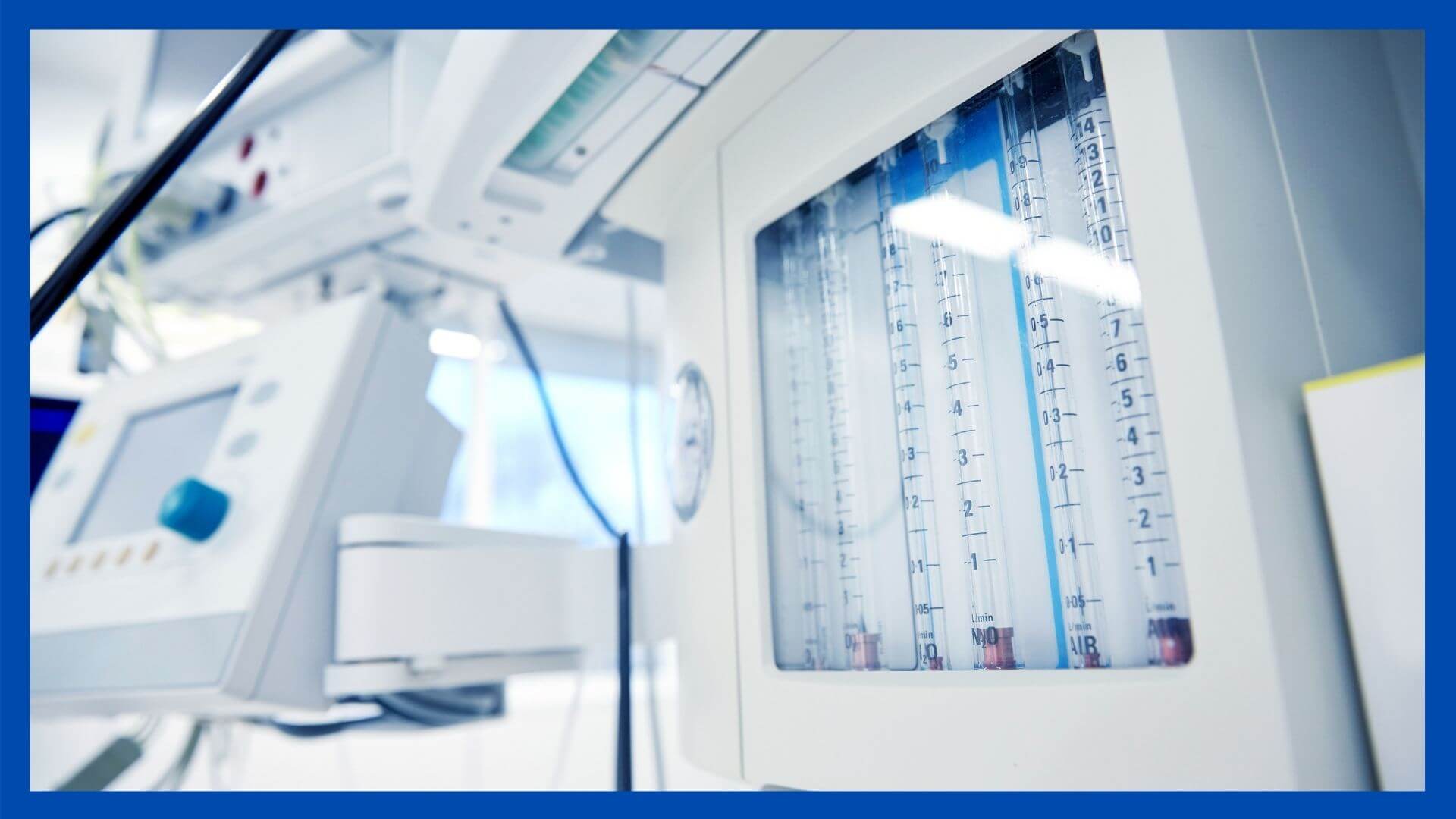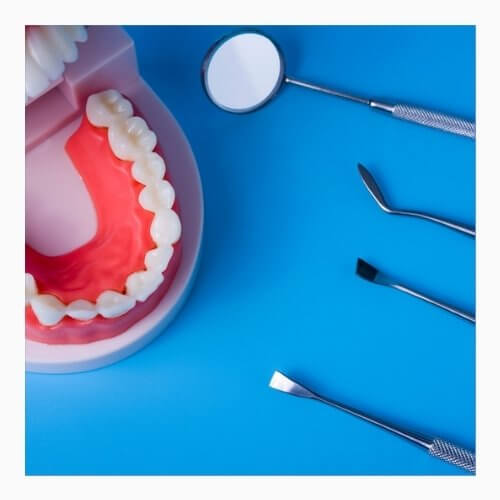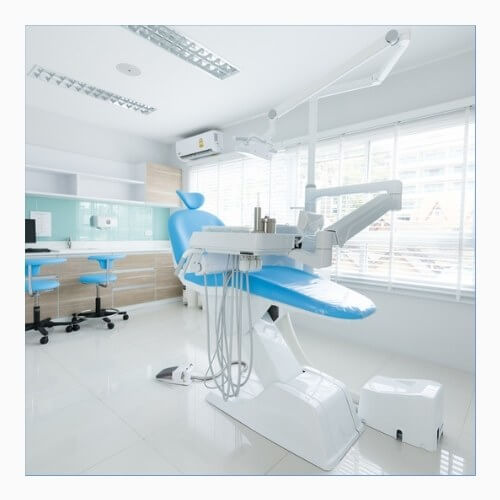If the idea of visiting the dentist puts a pang of fear in your stomach, you aren’t alone; it is estimated that almost 75% of adults in the United States experience some degree of fear associated with undergoing dental procedures, with about 10% of those people experiencing a strong enough fear that they are said to suffer from a dental phobia. Thankfully, though, there is a solution for those who find visiting the dentist to be a panic-inducing idea – sedation dentistry.
In this article, we’ll cover what sedation dentistry entails, the various types of sedation dentistry that are practiced, and answers to common questions regarding sedation dentistry in order to help you decide if this unique type of dentistry is the right choice for your next visit to the dentist.
Table of Contents
What is Sedation Dentistry?
Sedation dentistry involves the use of medications designed to help a patient relax while they are undergoing dental procedures. Sedation dentistry is sometimes referred to as “sleep dentistry”, however, this term is a little deceiving since the patient is not usually unconscious while the procedure is being performed. Instead, most medications used in sedation dentistry are designed to merely relax the patient rather than actually put them to sleep.
There are four different levels of sedation dentistry that can be employed depending on how uncomfortable the patient is and the procedure that is being performed. These levels are:
- Minimal Sedation – With minimal sedation, the patient is given medication designed to relax them, but the medication does not actually put them to sleep and the patient is fully aware of what is going on.
- Moderate Sedation – Moderate sedation places a patient in a semiconscious state. They may not fall fully asleep due to the sedation, but they are likely to have minimal awareness after the medication is administered and may not remember the procedure after it is complete.
- Deep Sedation – With deep sedation, a patient is put in a fully unconscious state. However, waking them from this unconscious state is about as easy as waking up someone who has fallen asleep naturally.
- General Anesthesia – With general anesthesia, a patient is fully unconscious and will only wake when the medication has worn off or when a drug designed to counteract the anesthesia is administered. General anesthesia is typically reserved for more invasive dental procedures such as wisdom teeth removal.
What Types of Sedation are Used in Sedation Dentistry?
Sedation dentistry makes use of a variety of different medications depending on the level of sedation that needs to be achieved, including types of medication such as:
- Inhaled Minimal Sedation – Inhaled minimal sedation is the most common type of sedation dentistry. With inhaled minimal sedation, the patient will inhale nitrous oxide (also known as “laughing gas”) combined with oxygen through a breathing mask. When inhaled, nitrous oxide puts a person in a deep state of relaxation that smothers any fear they might otherwise experience. The biggest benefit of inhaled minimal sedation, though, is the fact that the effects of nitrous oxide tend to wear off quite quickly, and patients are usually able to safely drive themselves home after the procedure is complete.
- Oral Sedation – Oral sedation can range from minimal to moderate depending on the type of medication that is used and the dose that is given. Oral sedation is administered through a pill and is typically performed using a medication called Halcion – which is a member of the same family of drugs as Valium. This pill is normally taken around an hour before the procedure is performed since it takes a little while for the medication to start working. With oral sedation, a patient will become very drowsy and may fall asleep during the procedure. However, it is generally quite easy to wake a patient from oral sedation induced sleep.
- Moderate IV Sedation – As the name suggests, moderate IV sedation is administered intravenously through an IV. This allows the medication to go to work almost immediately and also allows the dentist to continually adjust the level of sedation throughout the procedure. With moderate IV sedation, the patient will typically be unconscious (or at least on the verge of unconsciousness) throughout the procedure but can be woken before the medication wears off.
- Deep Sedation and General Anesthesia – General anesthesia and deep sedation are used to place a patient in a state of complete unconsciousness. Patients placed under deep sedation will not wake until the medication wears off or until a different medication is used to counter its effects and bring them back to consciousness. Deep sedation is typically reserved for patients with an extreme level of fear or for oral surgery procedures such as wisdom teeth removal. And in some cases in dental implants, all-on-4 or all-on-6 treatments.
It’s worth mentioning that most types of dental sedation aren’t meant to eliminate the pain caused by a dental procedure and are instead designed to keep the patient calm and relaxed. Local anesthetics are typically used in-tandem with sedation medication for pain relief purposes and work by numbing the area where the dentist is working. Regardless of the type of sedation that is administered, a local anesthetic will likely be administered as well.
When is it Appropriate to Employ Sedation Dentistry?
Sedation dentistry is most often employed for patients who experience fear or emotional discomfort during dental procedures. Minimal sedation is especially common when working with children, and almost all dentists are able to administer minimal sedation such as nitrous oxide. However, there are plenty of other cases where sedation dentistry may be called for, including cases such as:
- Patients with a low pain threshold or especially sensitive teeth
- Patients who have a bad gag reflex
- Patients who are unable to sit still while the procedure is being performed
- Patients who need a large amount of dental work done or patients that are required to undergo a more invasive dental procedure
- Any patient that experiences an extreme level of fear or discomfort associated with visiting the dentist
Can Any Dentist Perform Sedation Dentistry?
The varying levels of sedation dentistry means that there are also varying levels of qualifications that determine which types of sedation dentistry a dentist is able to perform. Almost all dentists are able to administer minimal sedation, and the equipment required for administering minimal sedation such as nitrous oxide is commonplace in dentist offices across the country. Today, an increasing number of dentists are qualified to administer moderate sedation such as oral or IV sedation as well. Deep sedation and general anesthesia, though, can only be administered by a dentist that has completed the Commission on Dental Accreditation (CODA) program in deep sedation and general anesthesia. Most dentists are not qualified to administer these more complex types of sedation. Instead, general anesthesia is typically only administered by oral surgeons and dental anesthesiologists. In some cases, though, dentists may have a dental anesthesiologist on staff who is able to administer deep sedation.
Is Sedation Dentistry Safe?
By and large, sedation dentistry is considered to be quite safe. This is especially true for minimal and moderate sedation, which tend to wear off quite quickly and have few if any side effects. With deep sedation induced by general anesthesia, though, there are risks that need to be taken into account. These risks can be exaggerated by certain medical conditions such as obesity and obstructive sleep apnea, as people who suffer from these conditions are more likely to experience complications associated with undergoing anesthesia.
Before undergoing any type of sedation, it is vital to discuss your medical history with your dentist, including any conditions you suffer from and any medication you might be taking. You may also wish to discuss how large of a dose you will be given and ensure that the dose you receive is appropriate for your age and health as dictated by FDA guidelines. Lastly, it’s important to make sure that your dentist is experienced with sedation dentistry and to ensure that they have artificial ventilation equipment and drugs designed to reverse the effects of the sedation in the event that either one of these things is needed.
When proper precautions are taken, you should have no reason to fear sedation dentistry. In the overwhelming majority of cases, sedation dentistry is completely safe and does not cause any unwanted side effects aside from lingering drowsiness that may persist a few hours after the procedure is performed.
Why Sedation Dentistry is Perfect for Alleviating Fear and Anxiety
The entire point of sedation dentistry is to relieve any fear or anxiety a patient might experience during a dental procedure. If you are at all nervous or afraid of visiting the dentist for the dental work you need, sedation dentistry is an excellent option to consider. While sedation dentistry isn’t designed to directly alleviate pain and local anesthetics are used for this purpose instead, sedation can certainly help make the pain associated with dental procedures less uncomfortable by eliminating the pain’s emotional component. In summary, anyone who experiences fear or anxiety due to the potential pain caused by dental work or any other factor associated with visiting the dentist should understand that sedation dentistry is a safe, effective, and worthwhile option.
Conclusion
For patients who experience a high degree of fear associated with having dental work performed, sedation dentistry can be an amazing source of relief. If you suffer from fear or discomfort that is dissuading you from undergoing the dental procedures you need for optimal oral health, be sure to discuss sedation dentistry with your dentist. Your dentist will be able to consider your medical history, the severity of your discomfort, and the procedure that needs to be performed in order to recommend the type of sedation dentistry that is best suited for you




